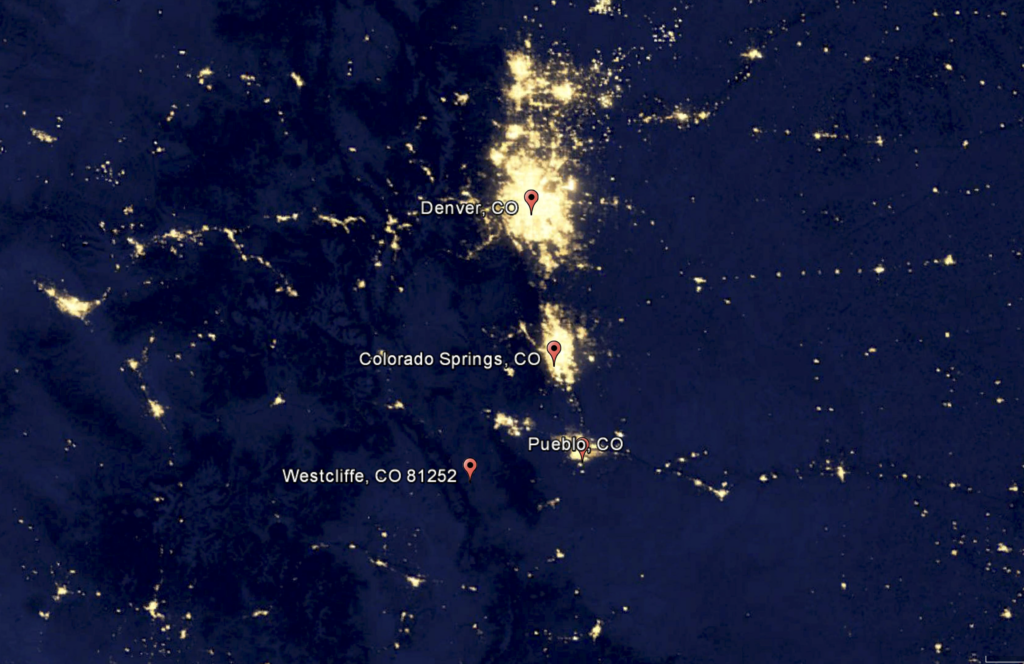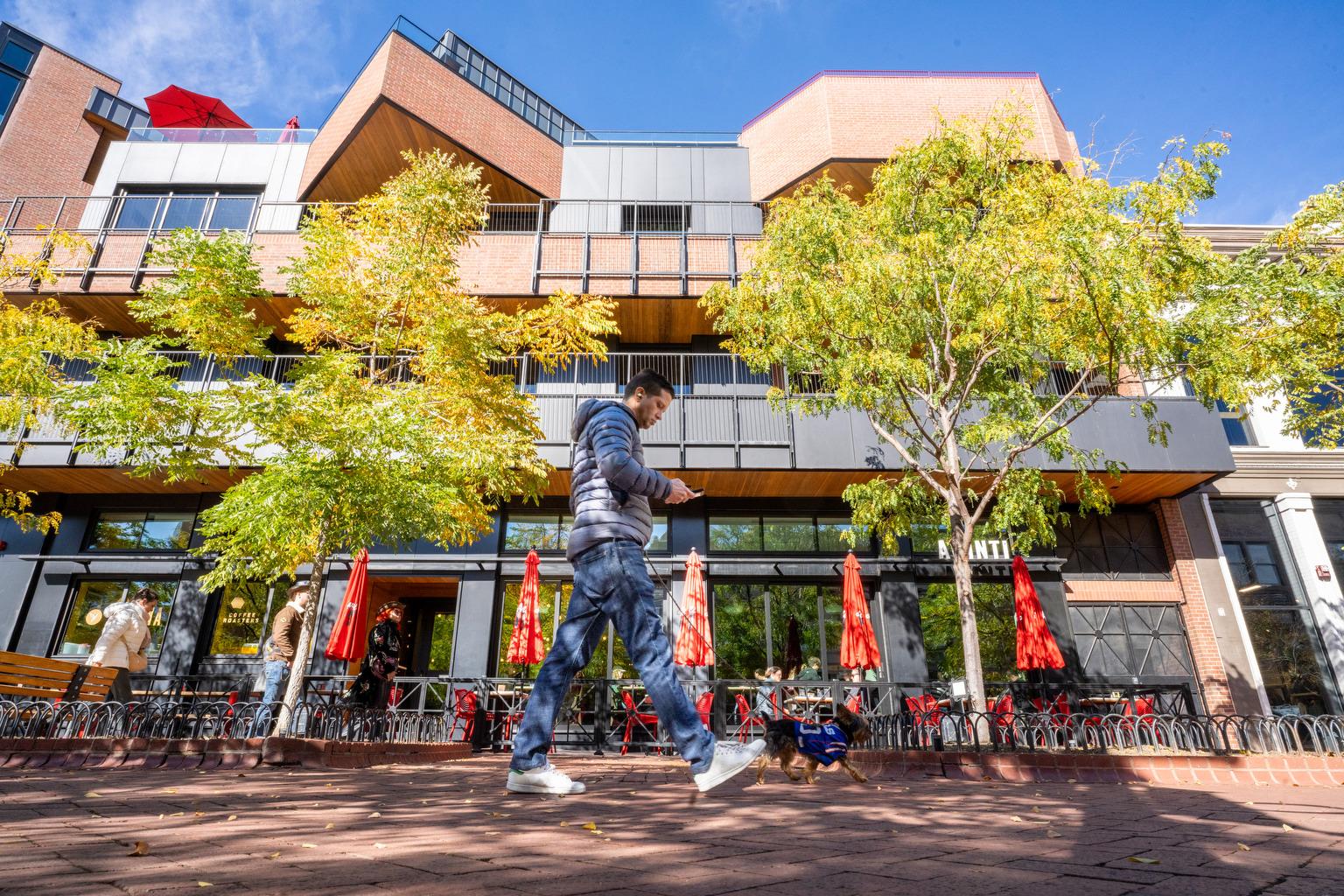
Two southern Colorado towns, Westcliffe and Silver Cliff, have applied to become the state’s first designated International Dark-Sky Association (IDA) community. If approved, the towns that border each other will join eight other communities and 29 parks around the world that battle light pollution at night to preserve the view of the night sky.
“When the Milky Way is up it is phenomenal because the sky is brilliant," says Jim Bradburn, the president of Wet Mountain Valley Dark Skies, a group that’s working to make sure that night sky stays dramatic. "Anyone who has never seen the Milky Way will be overwhelmed... in awe by how bright it is, how dramatic it is is going across the sky."
He says if you look up on a clear night in Colorado’s Wet Mountain Valley, you’ll see stars from horizon to horizon.
Westcliffe and Silver Cliff are the main towns in the Wet Mountain Valley and located about an hour west of Pueblo. The valley is surrounded by mountains and known for its ranches. Bradburn says it makes sense to protect the night sky there because it will draw tourists and others.

Keeping the night sky dark and the stars bright
As cities and towns grow, light pollution usually grows with them. John Barentine is the program manager for the International Dark Sky Association, which works to reduce the amount of light shining up into the sky.
According to Barentine fixtures that cast light upwards are a waste of energy and can cause host of problems with wildlife, insects, plants, and even human health.
To combat light pollution, Barentine says the solutions are as simple as putting a shield on an outdoor light to keep the light focused downward or eliminating unnecessary lights.
Gaining International Dark Sky designation
“It’s deliberately difficult to get these designations,” says Barentine. "The communities must enact lighting ordinance that places meaningful restrictions on what you can and can’t do with light.”
The ordinances don’t have to be complicated and the IDA developed model codes with the help of a professional lighting engineers organization. Existing lighting is usually grandfathered in, but when upgraded will need to be updated to be in compliance with the dark sky code.
The IDA is currently reviewing an application from both towns. The board is expected to make a decision in March.









